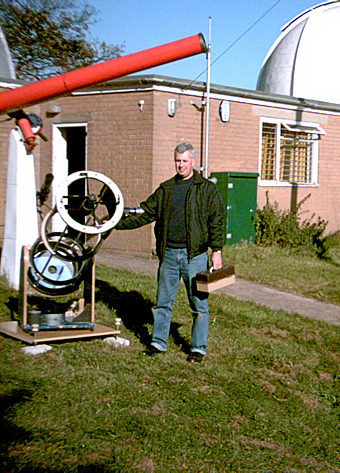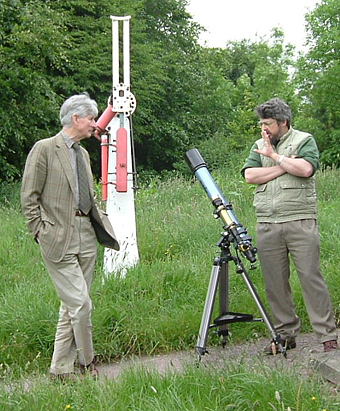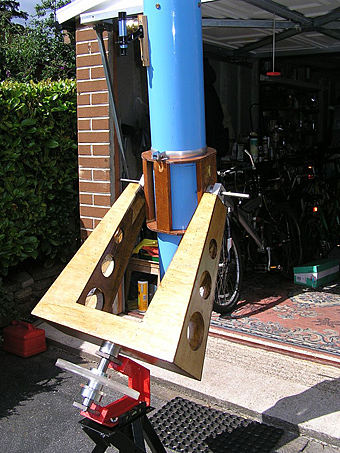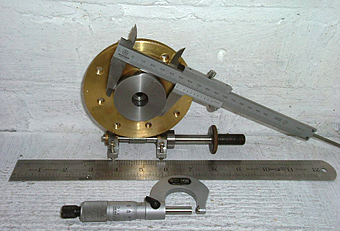Observatory crew
From the earliest days, the Observatory has been supported by local people in many ways, making the Observatory a popular and vibrant regional resource. Those contributing to the development and use of the Observatory included local amateurs (engineers, electronics experts, and astronomy enthusiasts). It also included University workshops (though the last of these closed in 2006) and Keele staff, undergraduate and postgraduate students. Some students were very enthusiastic, but they tend to only be around for 3-4 years.
Keele staff were very supportive, but the very active astrophysics research group that has developed under Dr (now Prof) Evans tend to be users of the telescopes, rather than developers of equipment, using its data to support their research and train their postgraduate students. [Tim Naylor was a notable exception, and he was very much involved (as Observatory Director) in the development of the Observatory in the period 1991 to 2000.]
The Observatory Crew (as they call themselves) are all local, unpaid, but enthusiastic supporters of the Observatory. They meet on Saturdays, to carry out repairs and development work and use the Solar Telescope (and show any visitors around). On Tuesday evenings, they show the public the telescopes and (weather permitting) objects through the telescopes. Their enthusiasm is greatly appreciated by visitors to the Observatory. Weather permitting, they also make observations, and take pictures. In addition to making equipment for the Observatory's, they also build and modify their own telescopes.

|

|
| Steve and his 14-inch Dobsonian telescope (Davies refractor in background) Larger image |
Alan and James having a chat. The solar telescope is in the foreground Larger image |

|

|
| Matt's finished 6-inch reflector, which was (largely) built at the Observatory Larger image |
Steve's impressive engineering for St John's southern observatory (in Spain) Larger image |
It is hard to over-emphasise the importance of the contribution of these volunteers. Without them, the Observatory might have closed long ago. It would be hard for the University to obtain funding for permanent staff to maintain and run the telescopes; national astronomy funding naturally concentrates on satellite instruments and ground-based telescopes at good sites (typically on remote mountain tops). It is no coincidence that Keele Observatory has one of the largest UK university campus-based research optical telescopes: it is because of the continued long-term support from these local amateurs.
A noteworthy success was the refurbishment of the 24-inch Thornton Telescope in the 1980s. It was re-engineered, so the Polar axis could be accurately aligned (the alignment was carried out in 1991–2). James Albinson, Paul Blurton, Stephen Doody, Simon, and St John Robinson all contributed lots of time and effort to this major project. [Updates on names welcomed.]

